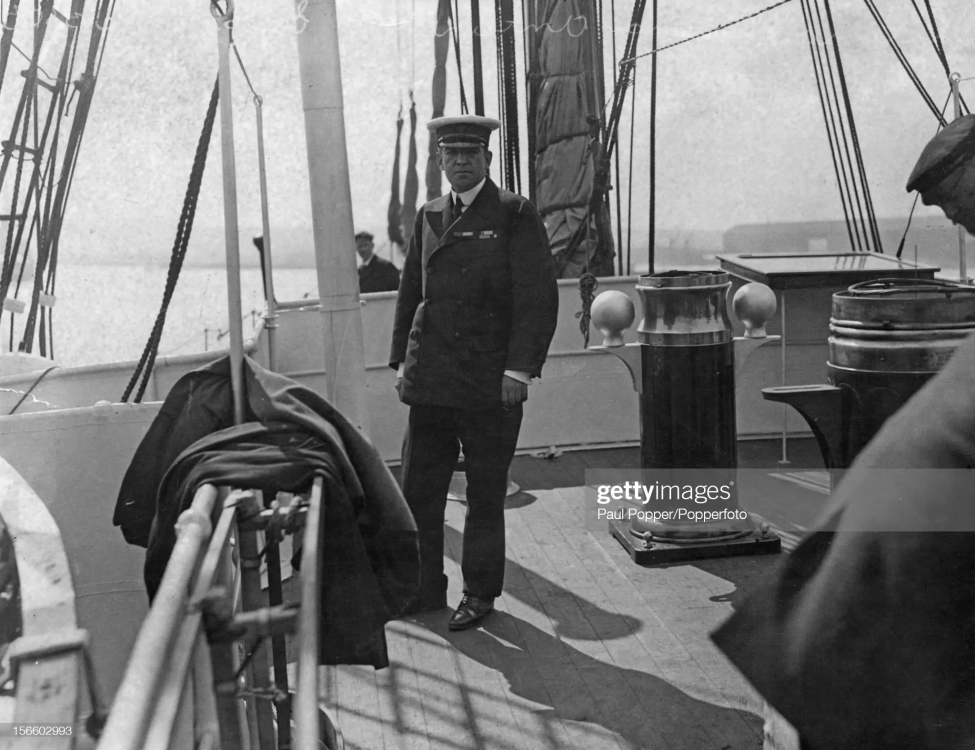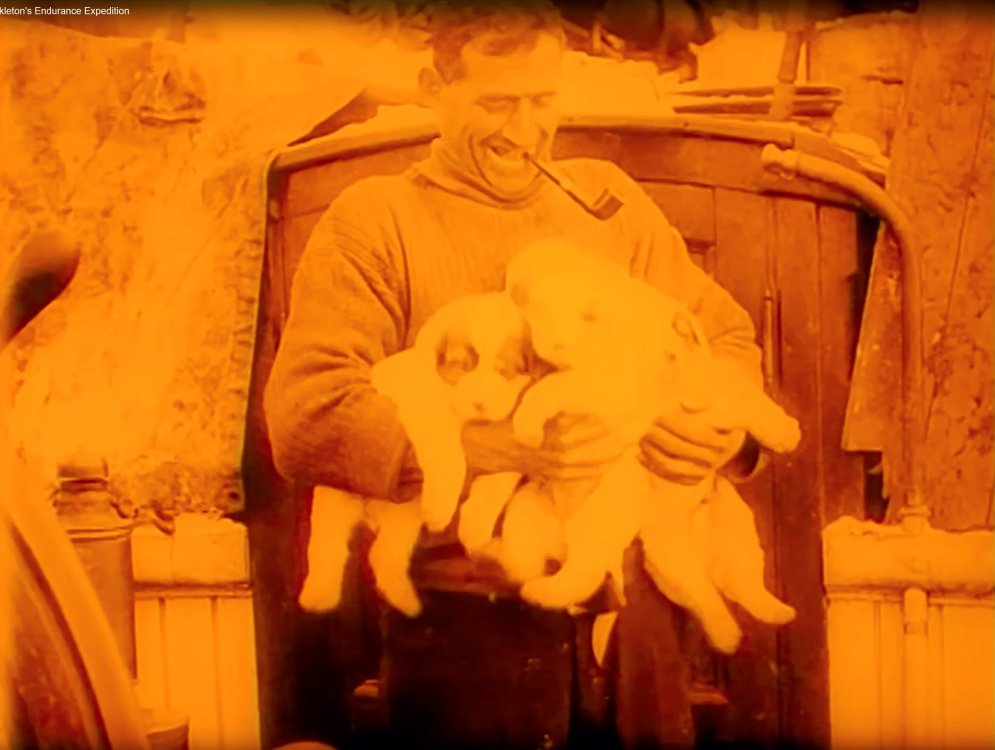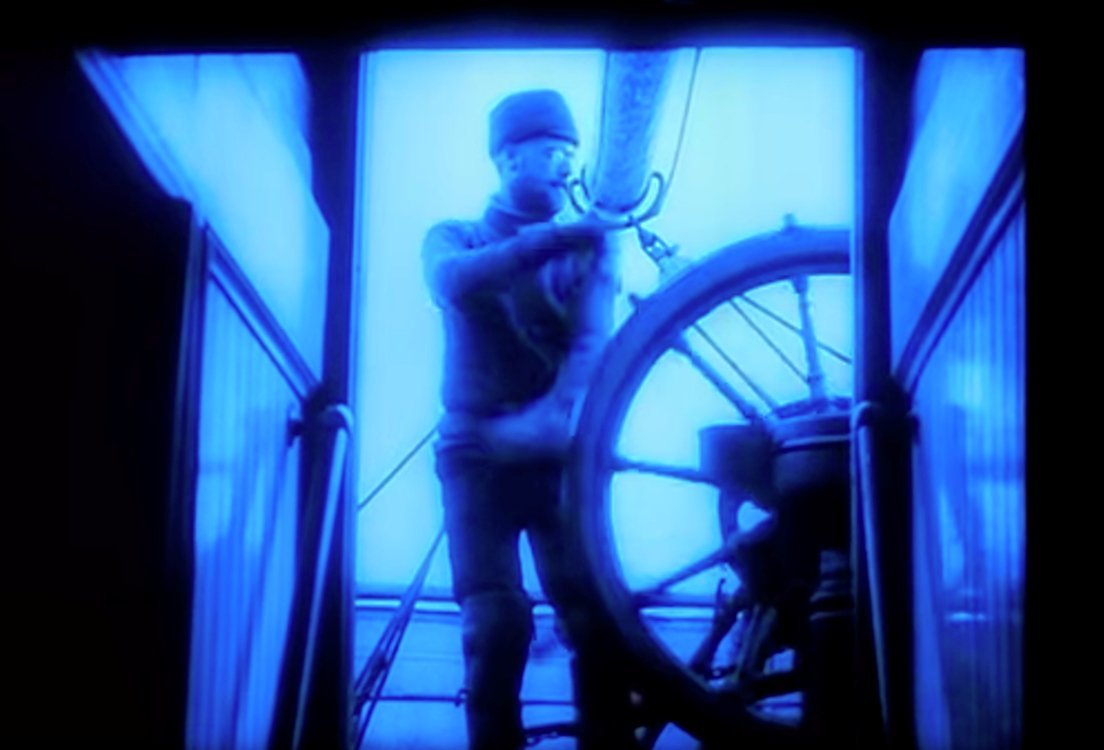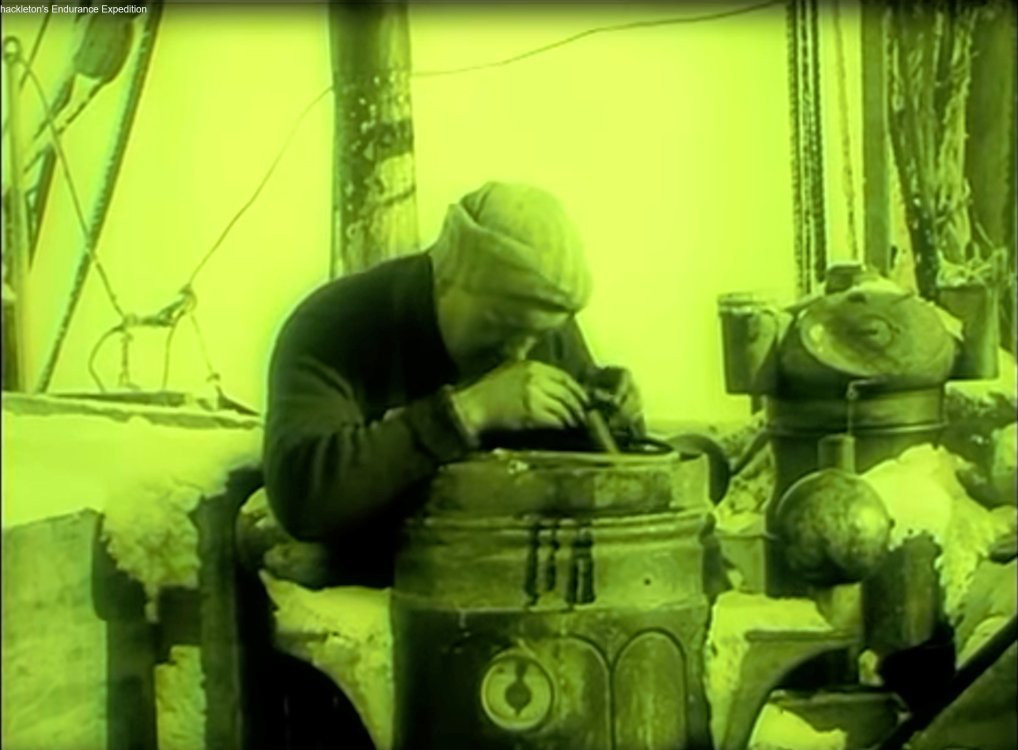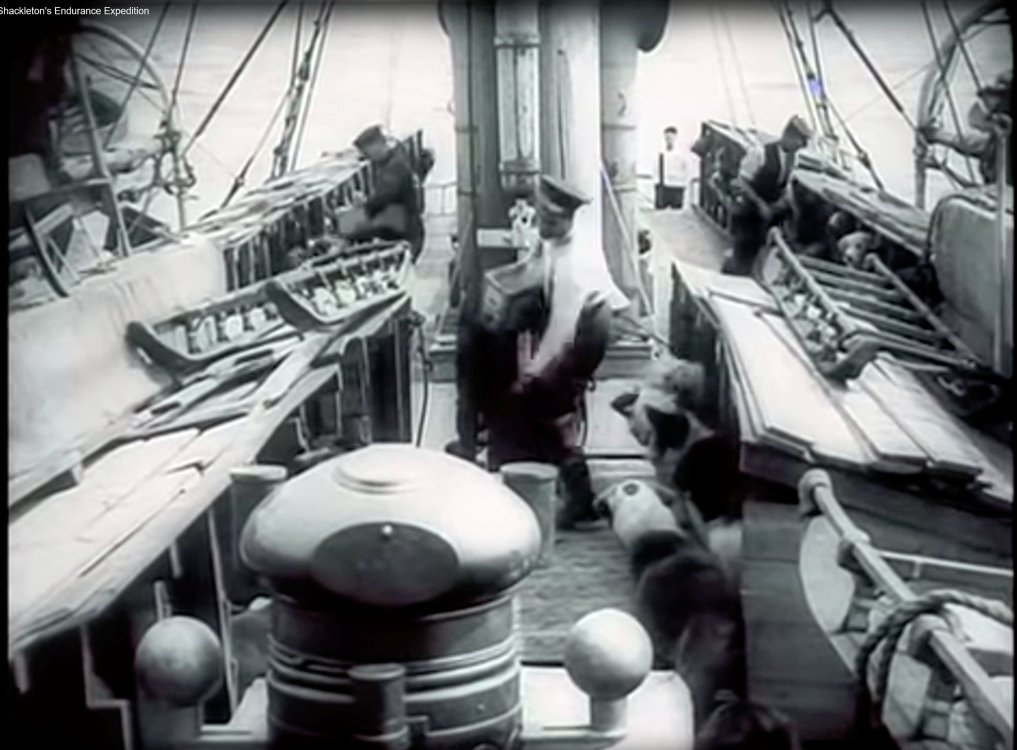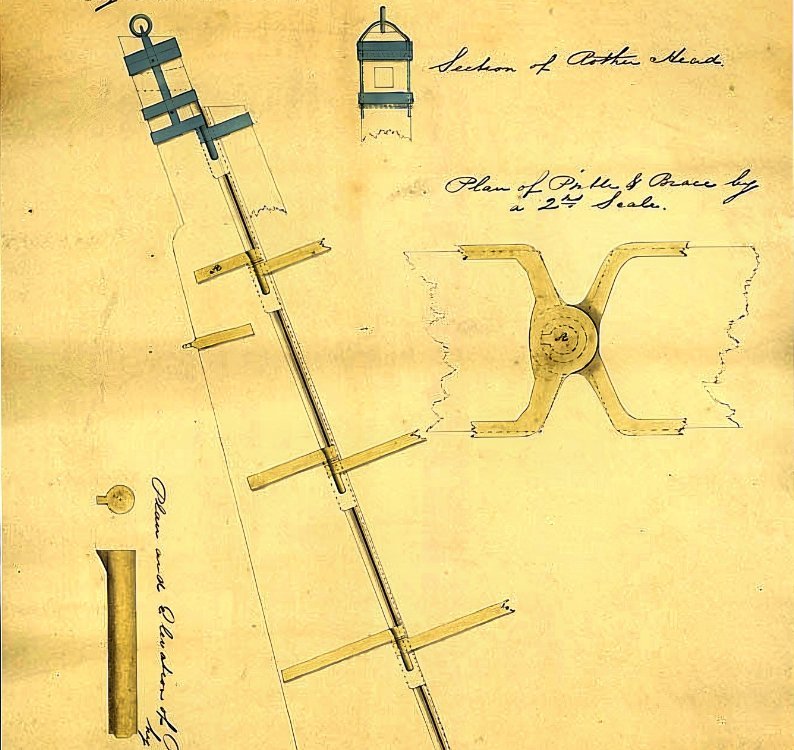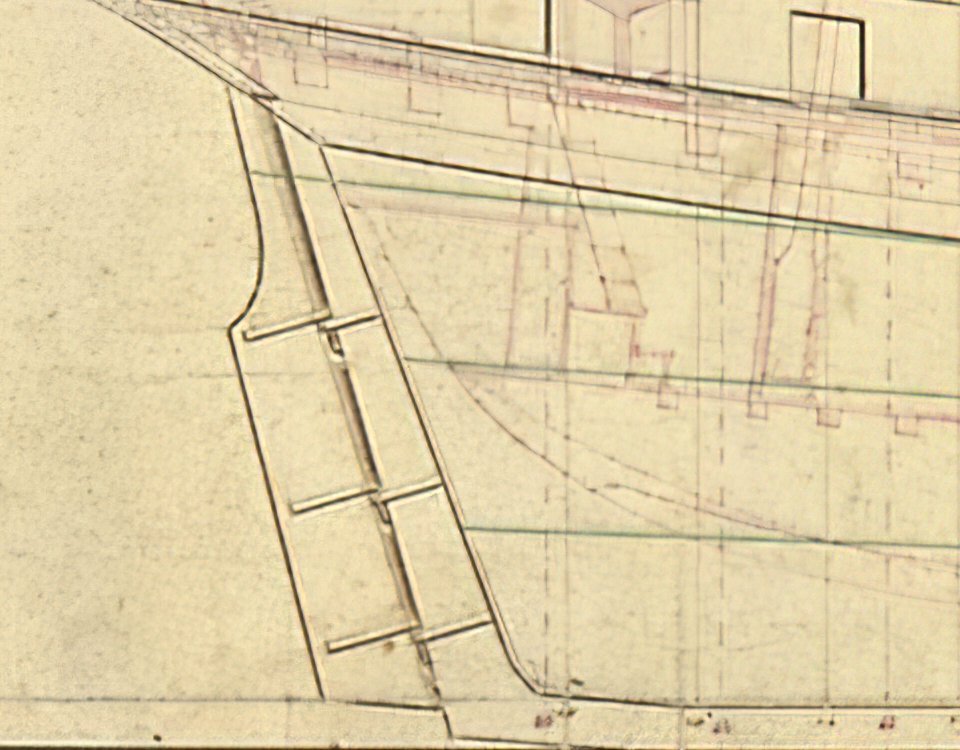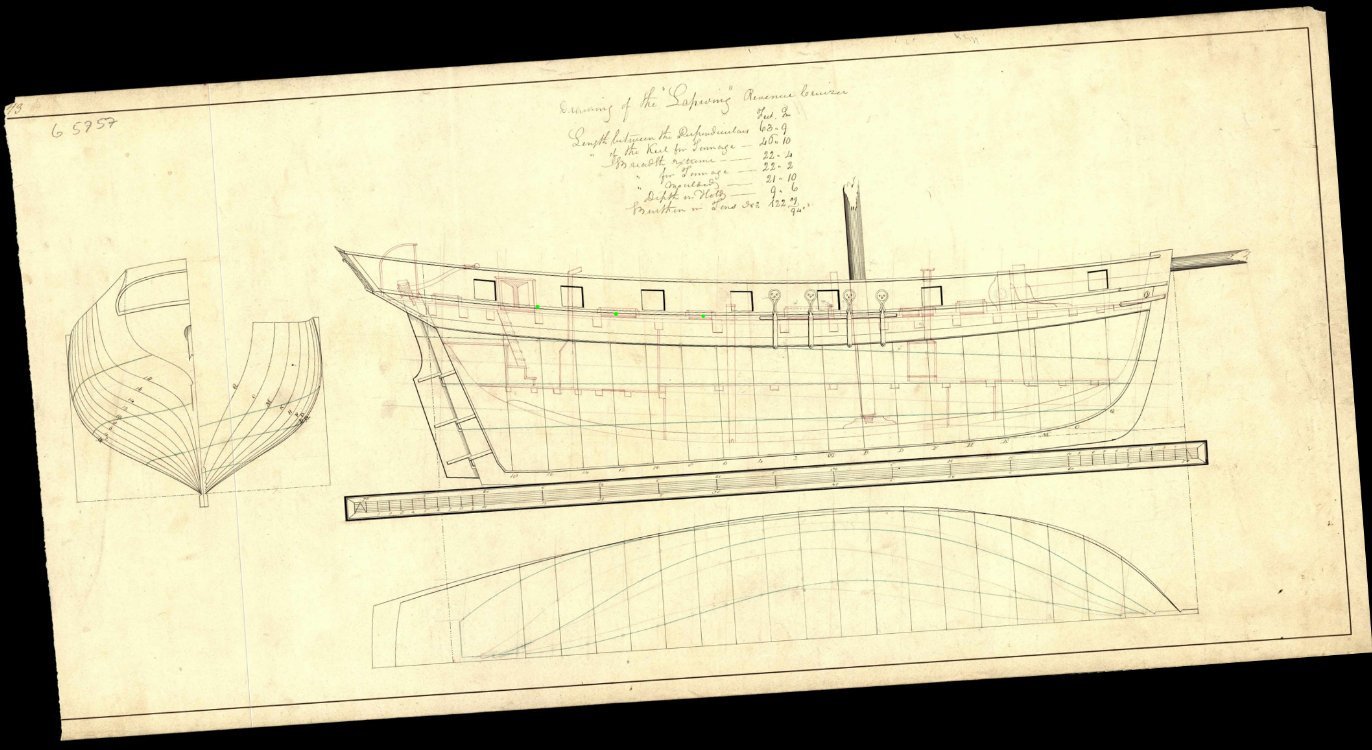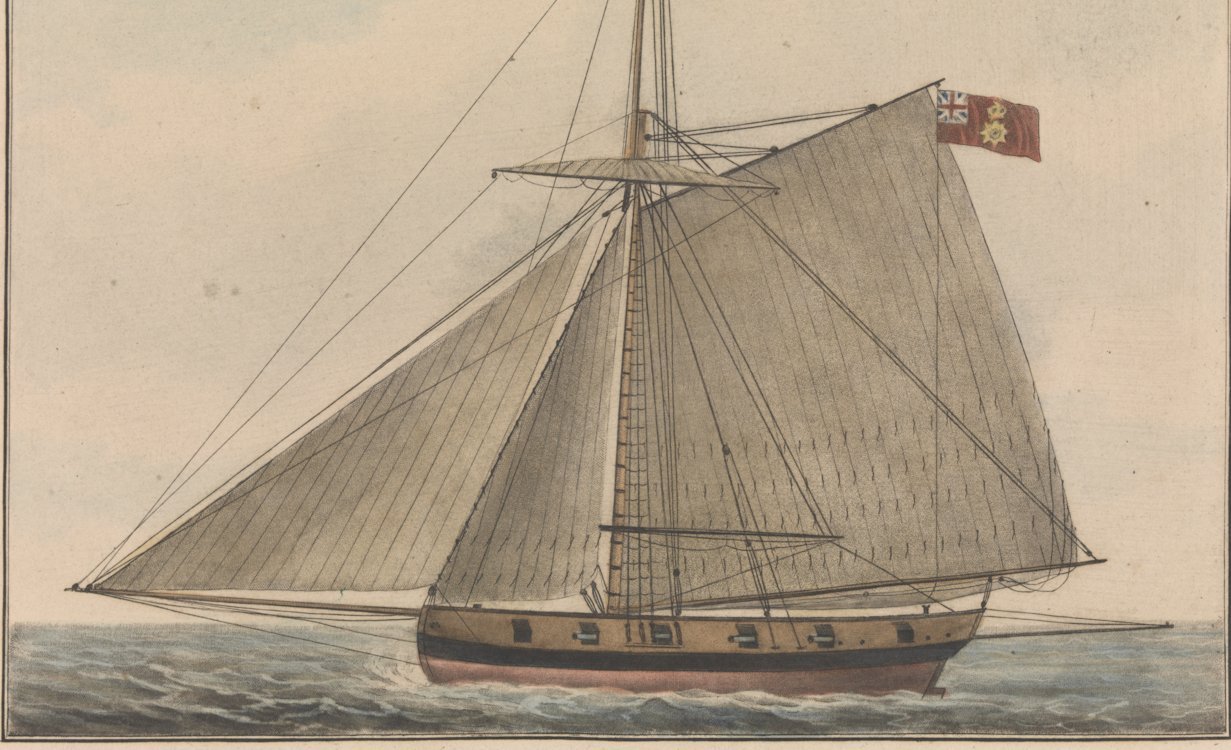-
Posts
967 -
Joined
-
Last visited
Content Type
Profiles
Forums
Gallery
Events
Everything posted by iMustBeCrazy
-
Working in Huon Pine makes me cry with every cut, every piece you can buy these days is salvaged. You could try using plane shavings, a thick shaving would be about 0.2mm with very little wastage.
- 288 replies
-
- Santos Dumont No. 18
- hydroplane
-
(and 1 more)
Tagged with:
-
Tim, this is a bit of a tough one. I did a bit of experimental archaeology (masking tape outline on floor) and unless the roof opening is at least 18" (and I mean absolute minium) I would have trouble getting in in a reasonably dignified manner (admittedly I'm not a flexible as a young commander). As it is I suspect the normal method of entry would be to sit on the deck with your legs over the coaming and stand on the ladder two or three rungs down. But contemporary models show you're most likely on the right track. I would suggest it was built over a hatchway with a raised coaming just like the bread room one but with no grating, square to the deck not the keel as drawn, it may slope down to port (or may not) to assist draining, tight joints to reduce leaks, it may have a small gutter under the hinge, it may be glazed on at least one side. Alternatively it may have a half sliding roof. Of course I may be completely wrong. This might give you an idea as to how small it is although this one is lower than that on Speedy:
-
Not me, I'm building something with no photos. It's much more umm 'fun'. Meanwhile the was a program on TV the other day which had bits of Hurleys movies, I didn't know about them. Some bits from youtube. This shot caused me to speculate that they changed compasses. However I now realise that the forward compass it a normal binnacle compass and the aft one is an azimuth compass for taking sights. And alters some of my speculation as to where things were on deck as the (azimuth) compass shown is further aft.
- 205 replies
-
- Endurance
- Shackleton
-
(and 2 more)
Tagged with:
-
Owner and Master. Curious I guess. We have just been discussing water coming up around the rudder so a flush grate sounded like a silly idea, you mentioned Cheerful so I looked at her drawings. The first indeed showed a flush grate but the second showed the alteration. Most drawings don't actually show grates (another of those "we don't show everything" things) however one that does is Tower, a tender for the transport of pressed men, which shows a grating which can be locked. And by the way, your grating does look nice.
-
It all has to be done sometime and the brain needs a little vacation from time to time. Sometimes it needs a little ego boost (look what I did! type of thing). The sternpost probably tapered (say 8 inches to 6 inches) and also the rudder (say 6 inches to 4 inches) and the rudder had a rounded leading edge (see shading on drawing). Then again I might be wrong: https://collections.rmg.co.uk/media/543/233/l0251.jpg https://collections.rmg.co.uk/media/544/197/l0418_001.jpg https://collections.rmg.co.uk/media/543/699/l0330_002.jpg It seems the only tapering was from top to bottom. Add it to the list of things drawings don't show.
-
I can find only one picture showing what are probably scuppers, none of the drawings show them. However there must have been some kind of deck drainage. It is possible that the bulwark planking had a gap at deck level but Lapwing/Speedy drawings show waterways so that's ruled out, which leaves scuppers. Given the waterline, I would guess aft of the pumps possibly between the gun ports as below (tiny green dots).
-
Well, hopefully third times the charm. Yep stuffed up again, the second one's too tall. So I've deleted all my transom drawings and have started agian. Measurements taken from the plans. These are in full scale inches and model scale millimetres and the two heights above keel have been transferred to the model. The other two measurements are the height of the transom, vertically as drawn and the actual height. So the drawing must be stretched vertically by the ratio 47 1/8 divided by 44 1/8 (or 24.9/23.3). The green dashed lines below represent the as drawn, the orange as stretched. Then I have to work out the trim pieces and the rabbets. As the orange line now represents the transom inside the hull planking I need a new line 2" outside the orange line. So with the aid of the small pink circles, we get the pink line (this ignores the fact that the hull widens as it goes forwards). This also gives the hull planking rabbet on the forward side of the trim pieces (between the pink and orange lines). To get the width of the trim (6 inches) I use the big circles giving the dark green line. And the small blue circles give the aft rabbet (light blue line) for the transom planking. Oh what fun.
About us
Modelshipworld - Advancing Ship Modeling through Research
SSL Secured
Your security is important for us so this Website is SSL-Secured
NRG Mailing Address
Nautical Research Guild
237 South Lincoln Street
Westmont IL, 60559-1917
Model Ship World ® and the MSW logo are Registered Trademarks, and belong to the Nautical Research Guild (United States Patent and Trademark Office: No. 6,929,264 & No. 6,929,274, registered Dec. 20, 2022)
Helpful Links
About the NRG
If you enjoy building ship models that are historically accurate as well as beautiful, then The Nautical Research Guild (NRG) is just right for you.
The Guild is a non-profit educational organization whose mission is to “Advance Ship Modeling Through Research”. We provide support to our members in their efforts to raise the quality of their model ships.
The Nautical Research Guild has published our world-renowned quarterly magazine, The Nautical Research Journal, since 1955. The pages of the Journal are full of articles by accomplished ship modelers who show you how they create those exquisite details on their models, and by maritime historians who show you the correct details to build. The Journal is available in both print and digital editions. Go to the NRG web site (www.thenrg.org) to download a complimentary digital copy of the Journal. The NRG also publishes plan sets, books and compilations of back issues of the Journal and the former Ships in Scale and Model Ship Builder magazines.




